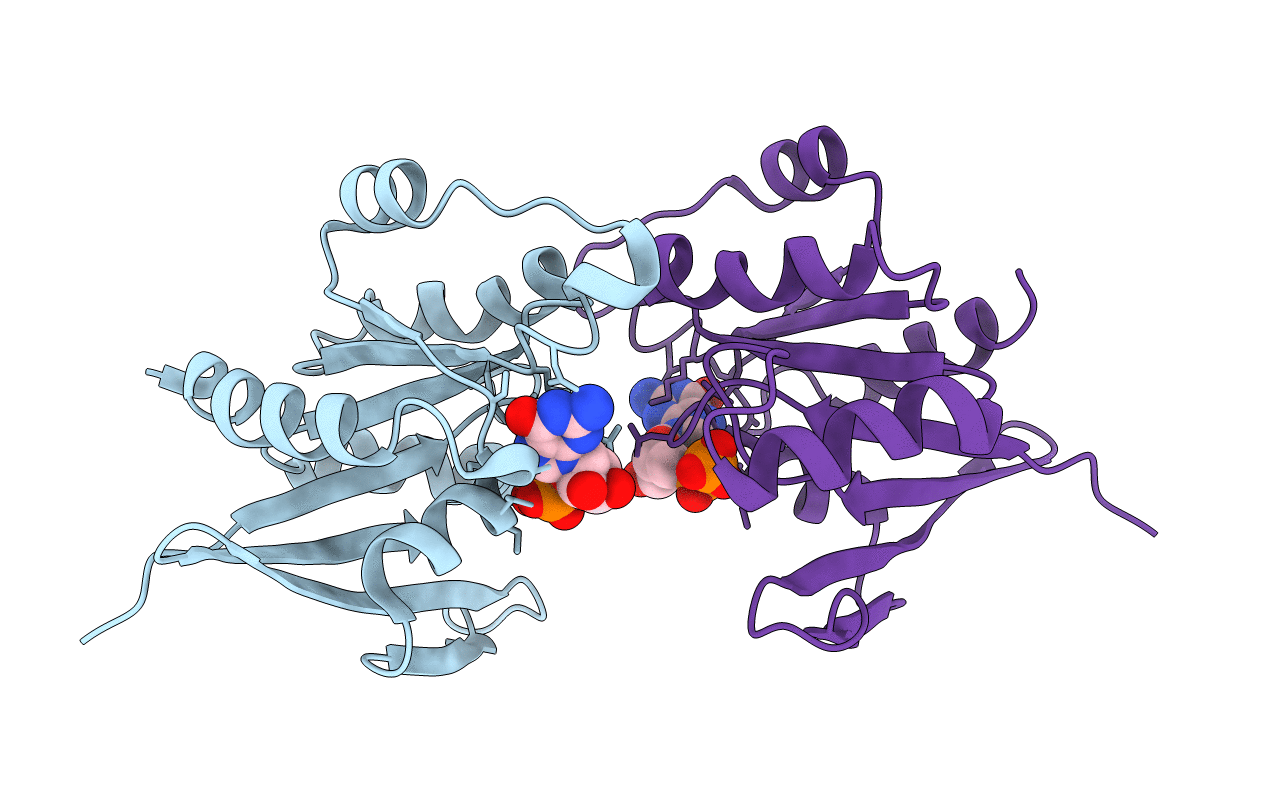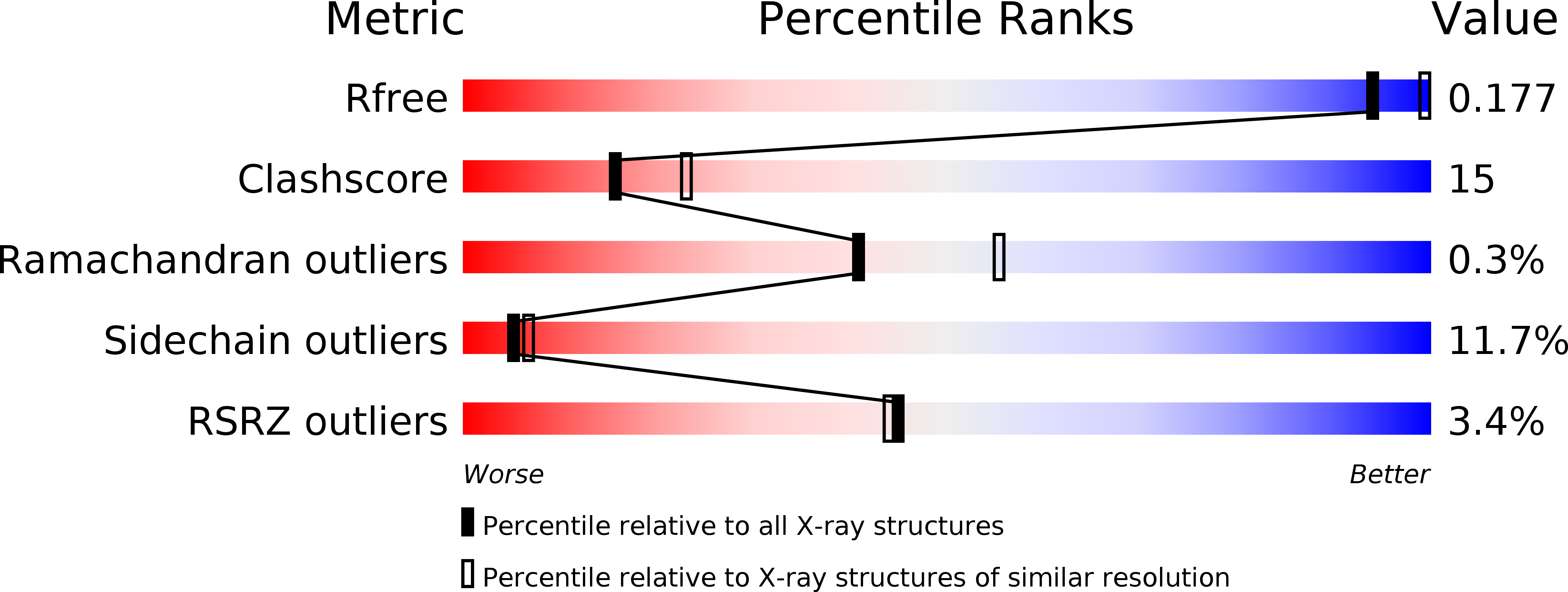
Deposition Date
2009-05-26
Release Date
2009-07-28
Last Version Date
2024-11-20
Entry Detail
PDB ID:
2WJJ
Keywords:
Title:
Structure and function of the FeoB G-domain from Methanococcus jannaschii
Biological Source:
Source Organism:
METHANOCALDOCOCCUS JANNASCHII (Taxon ID: 2190)
Host Organism:
Method Details:
Experimental Method:
Resolution:
2.41 Å
R-Value Free:
0.22
R-Value Work:
0.18
R-Value Observed:
0.18
Space Group:
P 43 21 2


